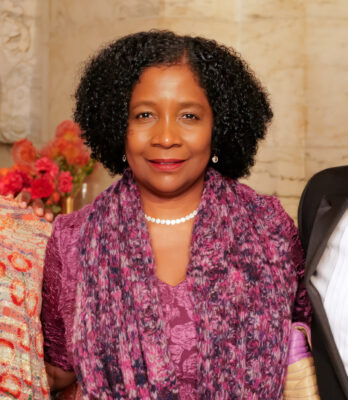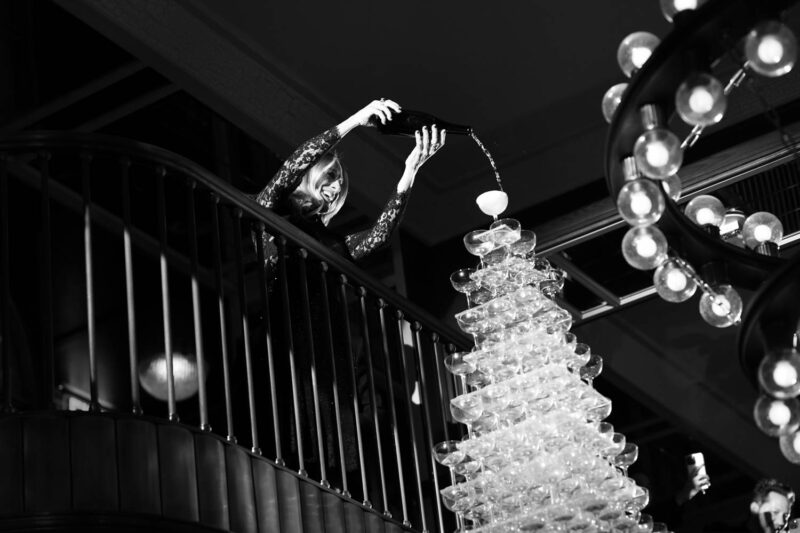
New York City
Old is New Again at The Fifth Avenue Hotel
The reimagined landmark NoMad mansion—NYC’s latest see-and-be-seen location—celebrates the louche opulence of The Gilded Age.
The story of the city of New York is one of tearing things down, building things up, and starting anew, where traces of the past are wedged in between sleek skyscrapers, mid-century co-ops, and the glittering glass facades of offices. Buildings come and go. Hotels open and close. There are just a few slivers left in the city where one of its most mythologized eras—the Gilded Age—and all of its glory, is easy to conjure.
Much of the city’s building boom in the so-called Gilded Age—roughly the 1870s to 1900—has been destroyed. Long gone are most of the mansions of the Vanderbilts and the Astors that lined “Millionaires Row,” gone is the Academy of Music (and its pivotal role as the marketplace of high society), and built over is the opulent transit hub Grand Central Depot.
Swaths of uptown city blocks, which once were lined with the mansions of the city’s barons of industry and nouveau riche, were razed for a new era of the wealthy, and a new era of the city. Yet our collective fascination with that time, when money ran fast and rubble became palaces seemingly overnight, hasn’t been destroyed along with the architecture.
If anything, our fascination with that time continues to grow. Just look at the popularity of Julian Fellowes’ HBO’s miniseries, The Gilded Age, now in its second season, which portrays the chipping patina of that era with the drama and intrigue tailor-made for the 21st century. Or read the real estate news and see that the Flatiron Building, the iconic downtown landmark where publishing once loomed large, is now slated to be developed into luxury condominiums. Or, count the months of the long-awaited, highly anticipated reopening of the Gilded Age gem, the Frick Museum.
New York, it seems, is hungry for a taste of that era, with its gilt edging, over-the-top displays of wealth, and an unsuppressed desire to reach the social stratosphere. So, it’s no surprise that the city’s latest reimagining—The Fifth Avenue Hotel—is opening its doors in this full Gilded Age fashion.
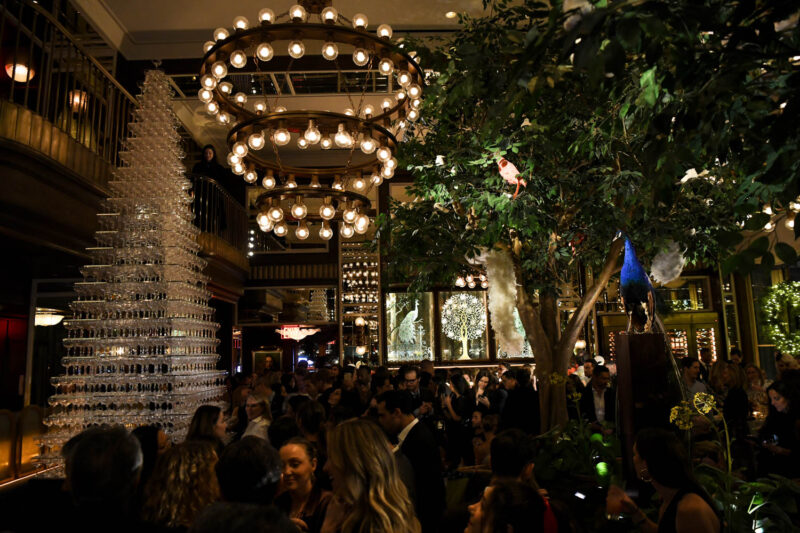
On the northwest corner of Fifth Avenue and 28th Street, The Fifth Avenue Hotel began, like so many great things, with a powerful woman. In this case, a Mrs. Charlotte Goodridge. The wife of millionaire importer Frederic Goodride was a legendary hostess, and the site of The Fifth Avenue Hotel was once Goodridge’s private home, where she held legendary musical evenings for city society. Even as the Gilded Age began to tarnish—and, after her husband died, and homes like hers began to make way for new, taller, more modern buildings—Goodridge steadfastly remained in hers, one of the last fixtures of the old guard in the neighborhood.
Yet following her death in the early 20th century, the mansion was razed. A crime, certainly, but one lessened by that fact that in its place went a five-story neo-Renaissance palazzo design by McKim, Mead & White, the architects behind many of the city’s early 20th century jewel boxes, including the Morgan Library and Museum, the Bowery Savings Bank, and the Metropolitan Club. The new McKim, Mead & White building housed the Second National Bank, in an era before all the city’s bank buildings became Apple stores or private party venues.
The arrival of The Fifth Avenue Hotel has ushered in a new iteration of the city block’s history. The building has been brought back to its original intended glory, transformed once again into a place for both seeing-and-being-seen—and perhaps the discreet rendezvous.
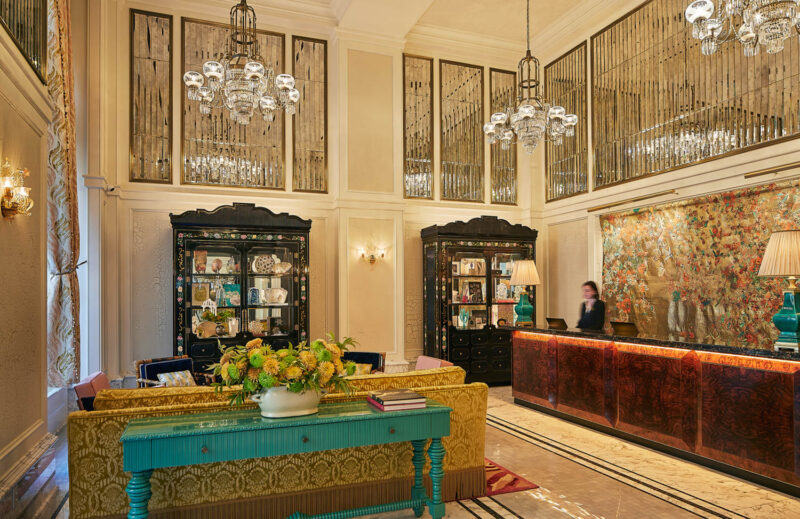
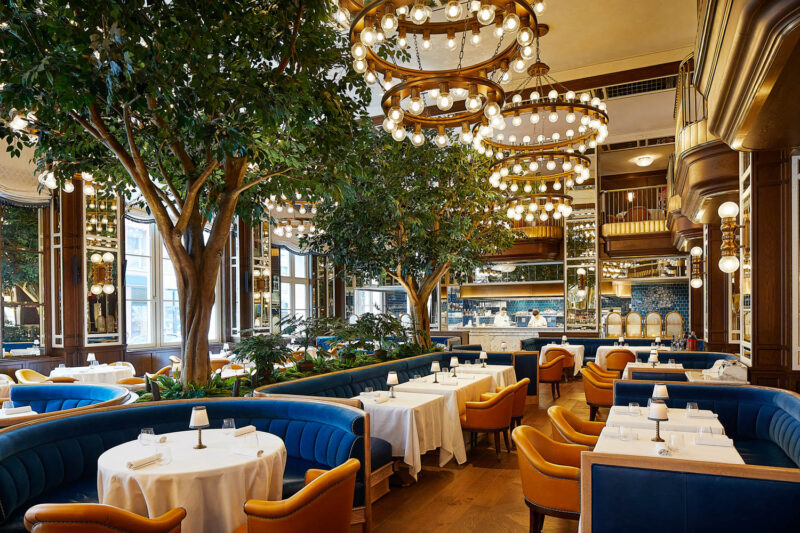
At the recent opening, stuffed-to-the-gills would-be patrons were awed by the Bronson Van Wyck decor and a vertiginous tower of coup champagne glasses just waiting for Sarah Jessica Parker to pour a bottle over them. It was something of a miracle that with so many people in the room drinking copious amounts of cocktails, no one crashed into the tower and sent it tumbling.
A full renovation plus the addition of a new glass tower has transformed the space into a 153 rooms and suites residence of sorts, where the deep-pocketed can sleep in a slice of New York City history saturated in the modern equivalent of the over-designed, collected décor you would expect to find in any scene from Julian Fellowes’ miniseries.
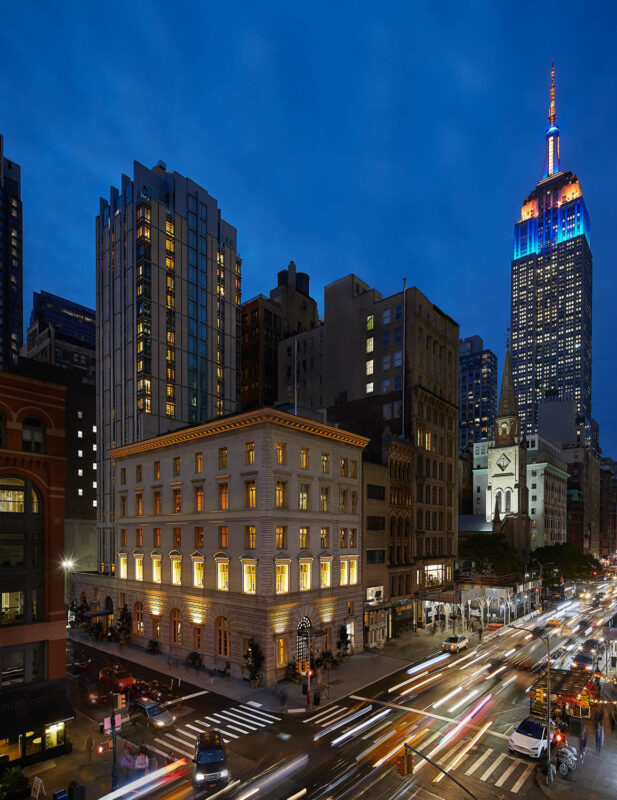
Gilded Age New York revolved around the power of women like Charlotte Goodridge and who they did and did not accept into society. It’s easy to feel that inner circle pull at the Fifth, where the ballroom awaits private parties of up to 200 guests, and whose culinary concept Café Carmellini— just like the private dining rooms of the best Gilded Age homes—aspires to greatness.
Would Mrs. Astor approve? Who’s to say? But we certainly do.
Hero photo by Ryan Kobane/BFA.com



